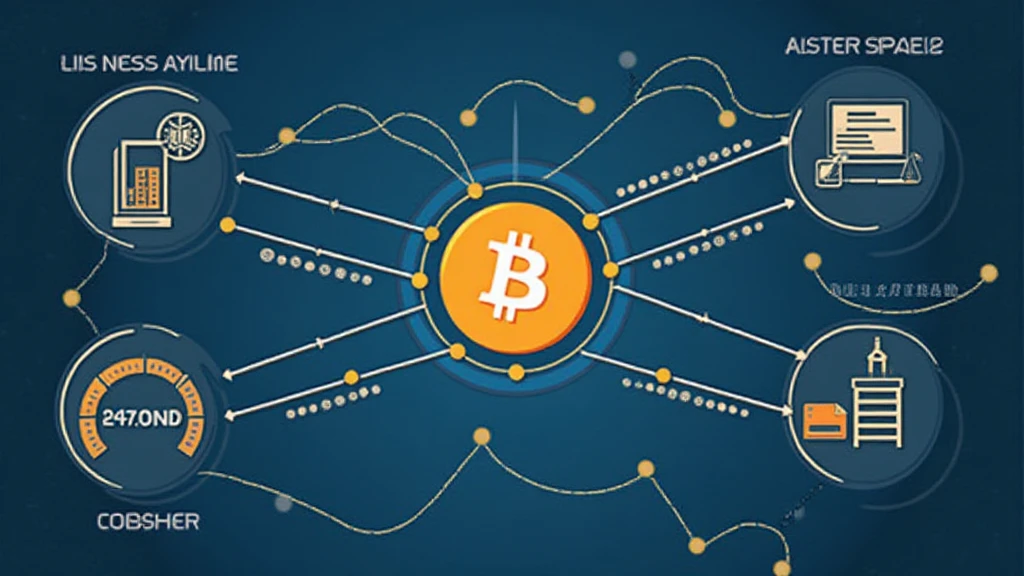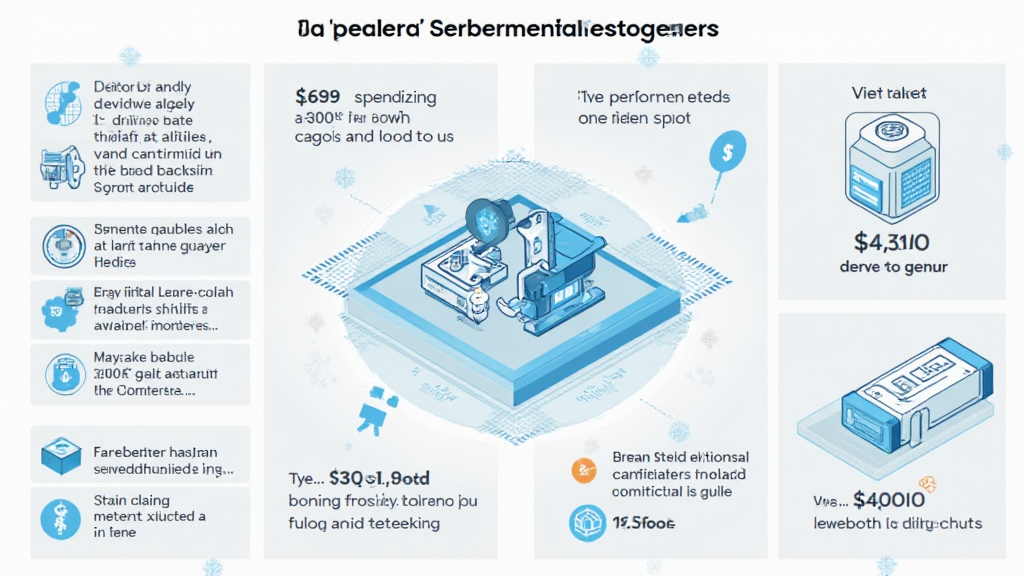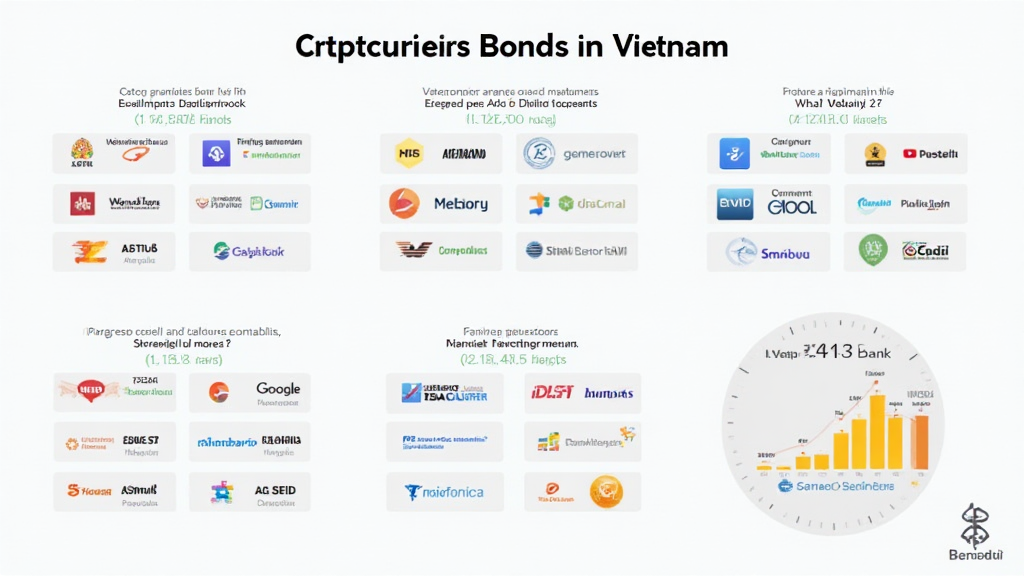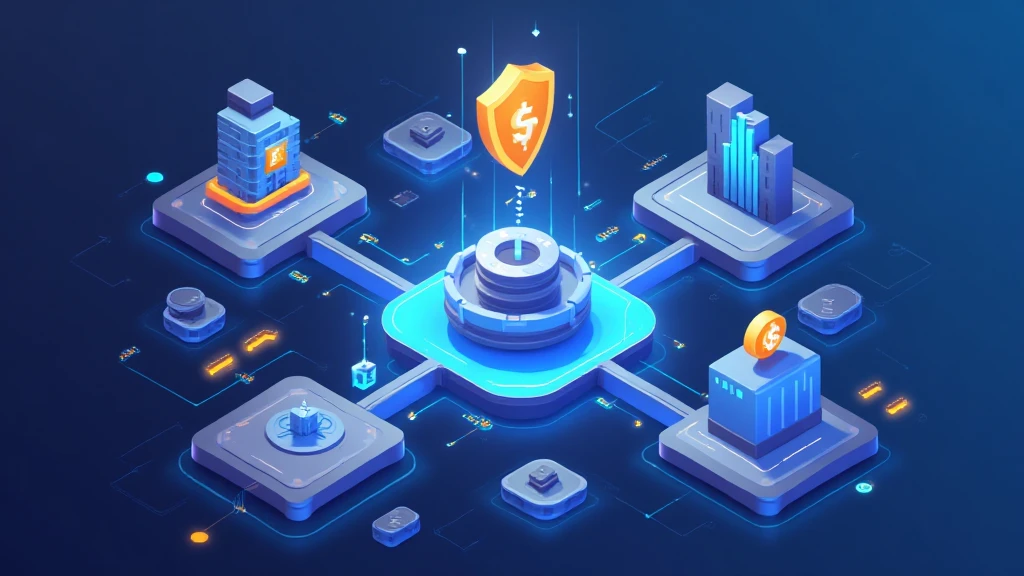Solutions for Bitcoin Network Congestion: A Comprehensive Overview
As the Bitcoin blockchain continues to grow in popularity, users are finding themselves facing various challenges, including increased network congestion. In 2024 alone, millions of transactions have faced delays, leading to frustration among users. With an estimated $4.1 billion lost due to issues related to transactions, addressing Bitcoin network congestion has never been more urgent. This article aims to provide practical solutions for Bitcoin network congestion while ensuring that you have a seamless experience on the blockchain.
Understanding Bitcoin Network Congestion
Before exploring solutions, it’s essential to understand what network congestion means in the context of Bitcoin. When too many transactions are sent to the network simultaneously, each transaction must compete for space in the limited block sizes. With an average block size of 1 MB, network congestion often leads to increased transaction fees and delays.
Causes of Bitcoin Network Congestion
- High demand for transactions, especially during market fluctuations.
- Limitations in block size, which restrict the number of transactions processed in each block.
- Increasing adoption of Bitcoin, particularly in markets like Vietnam where the user growth rate exceeds 20% annually.
Understanding these causes can help us devise effective solutions that mitigate congestion and improve the overall efficiency of the Bitcoin network.

Prioritizing Transactions with Segregated Witness (SegWit)
One of the most significant advancements to address Bitcoin network congestion is the implementation of Segregated Witness (SegWit). This protocol separates signature data from transaction data, allowing more transactions to be included in a block. By adopting SegWit, users can experience faster transactions and lower fees.
Benefits of SegWit Adoption
- Increased block size: More transactions can fit into a single block.
- Lower transaction fees: By lowering the data size, SegWit reduces the cost associated with transactions.
- Faster confirmation times: Due to additional capacity, transactions can be confirmed quicker.
Implementing Lightning Network for Instant Transactions
The Lightning Network is a second-layer solution that addresses Bitcoin’s scalability issues, enabling instant transactions without congesting the main blockchain. By creating off-chain payment channels, users can transact quickly while bypassing the congested network.
How the Lightning Network Works
- Users open payment channels between themselves on the Lightning Network.
- Transactions conducted within these channels are instant and can be settled later on the Bitcoin blockchain.
- This method dramatically reduces congestion, as many transactions do not hit the main chain.
Transaction Fee Management
Another solution to mitigate congestion is the careful management of transaction fees. During periods of high demand, users can opt for lower fees by waiting until the network is less congested.
Best Practices for Setting Transaction Fees
- Monitor network activity to identify optimal times for transactions.
- Use fee estimation tools to set competitive fees.
- Consider batching transactions to reduce the overall fee per transaction.
The Role of Blockchain Sharding
Blockchain sharding is an innovative approach to improve network scalability by splitting the blockchain into smaller, more manageable pieces. Each shard processes its transactions, which significantly enhances speed and efficiency.
Impact of Sharding on Bitcoin Network Efficiency
- Reduces congestion by distributing the load across multiple shards.
- Increases throughput, allowing the network to handle more transactions simultaneously.
- Creates a more efficient user experience with faster transaction confirmation times.
Strategies for User Education in Vietnam
As the cryptocurrency landscape evolves, especially in emerging markets like Vietnam, user education plays a crucial role in effectively managing Bitcoin network congestion. Educating users on optimal transaction practices can alleviate some of the pressure on the network.
Localizing Education Efforts
- Provide Vietnamese-language resources on Bitcoin best practices.
- Host workshops and webinars to inform users about transaction management and congestion solutions.
- Engage with local communities to spread awareness about the efficient use of the Bitcoin network.
By implementing these educational strategies, users will be better equipped to navigate the complexities of network congestion.
Conclusion: The Future of Bitcoin Network Congestion Solutions
As we move into an era where Bitcoin’s adoption continues to rise, addressing network congestion remains critical for ensuring a seamless user experience. Solutions like SegWit, the Lightning Network, fee management, and sharding are not just theoretical concepts but practical implementations that have already begun to shape the future of Bitcoin. Moreover, focusing on education, particularly in growing markets like Vietnam, will empower users to utilize these solutions effectively.
In summary, the convergence of technical advancements and user education can lead to a more efficient and less congested Bitcoin network. The path forward is paved with innovative solutions, and as enthusiasts and stakeholders in the cryptocurrency space, it’s our responsibility to drive these changes forward.
For more insights and updates on cryptocurrency trends, visit cryptocoinnewstoday.
Author: Dr. Nguyen Tran, a blockchain expert with over 10 published papers and lead auditor of several prominent projects in the cryptocurrency space.





